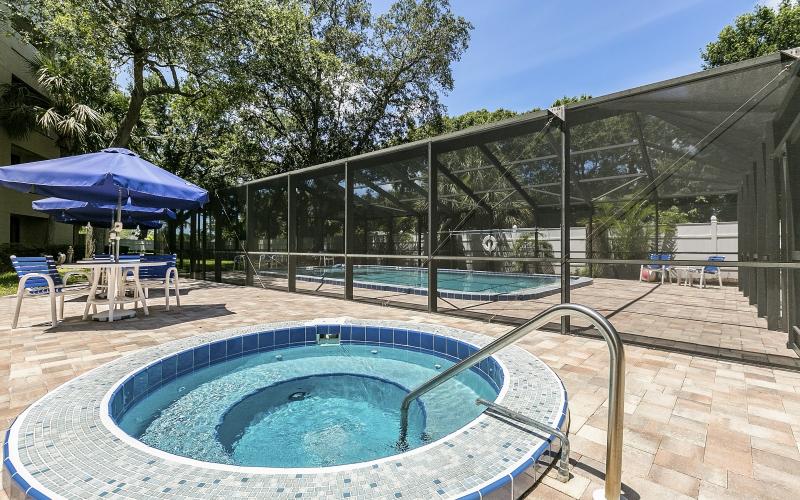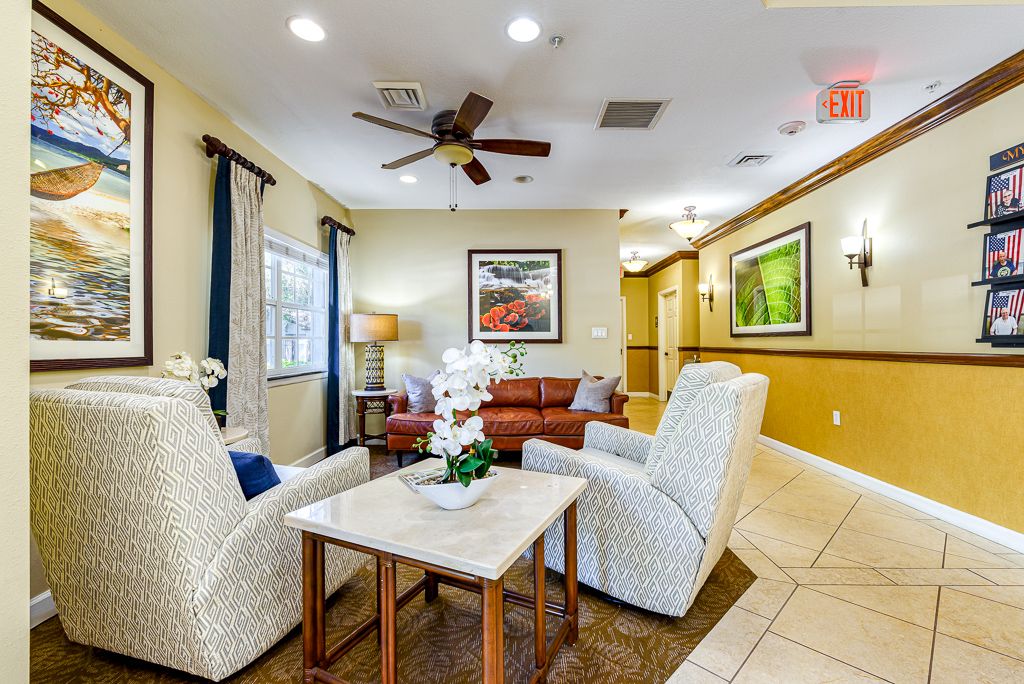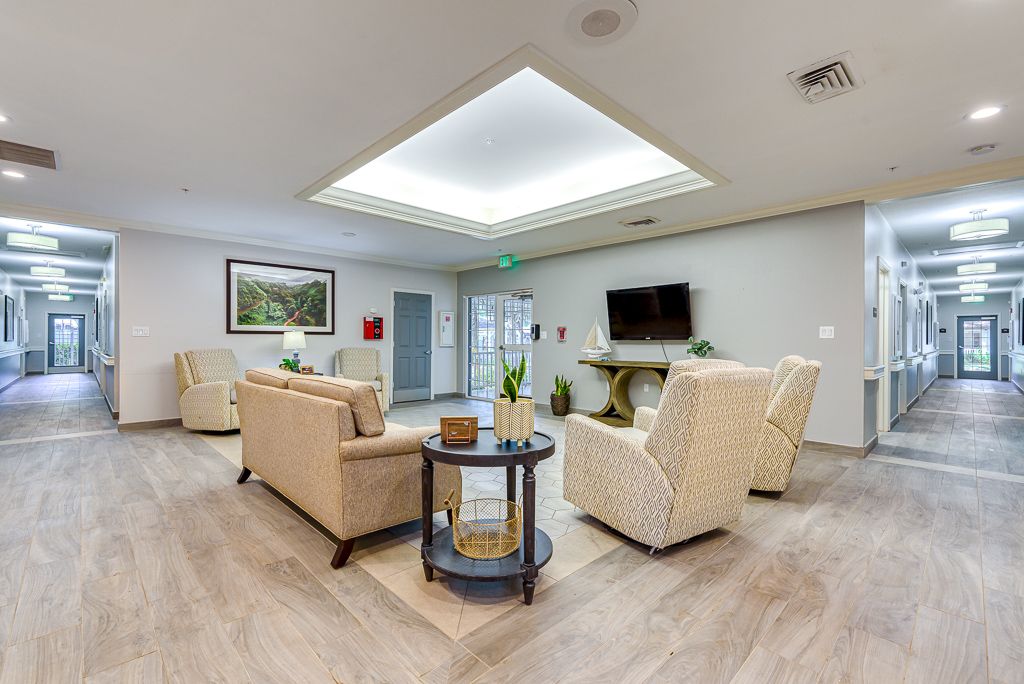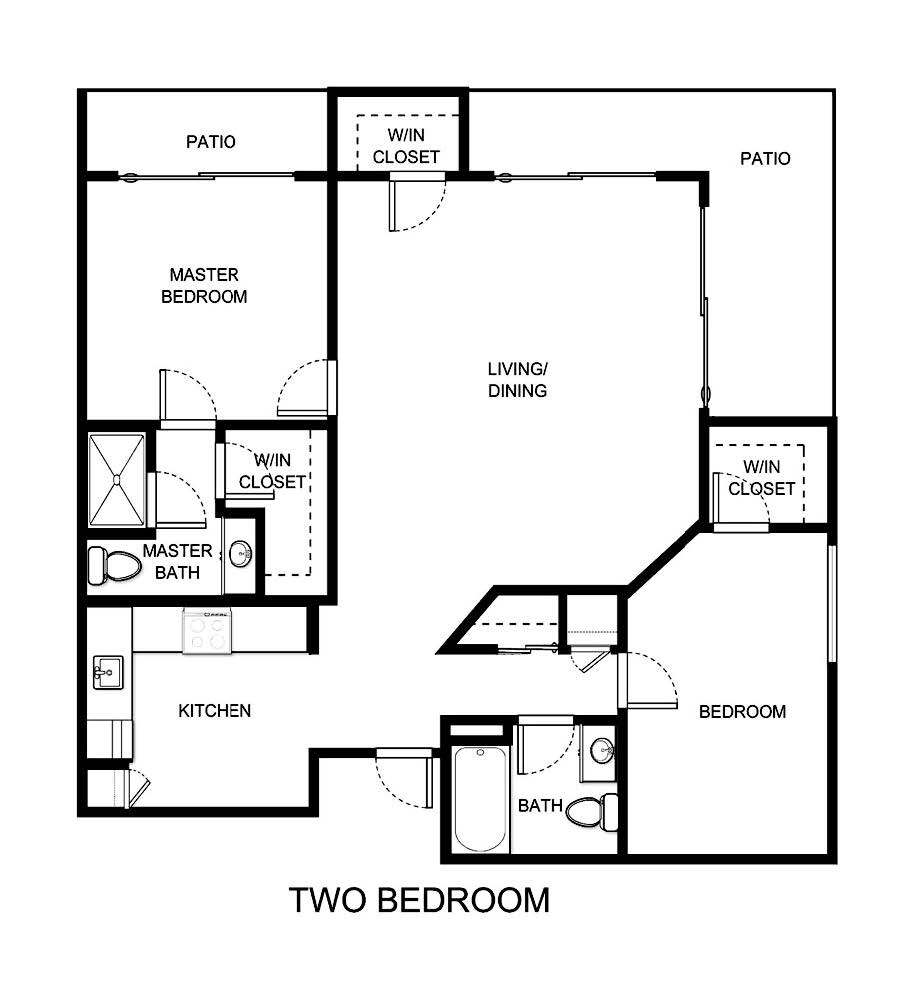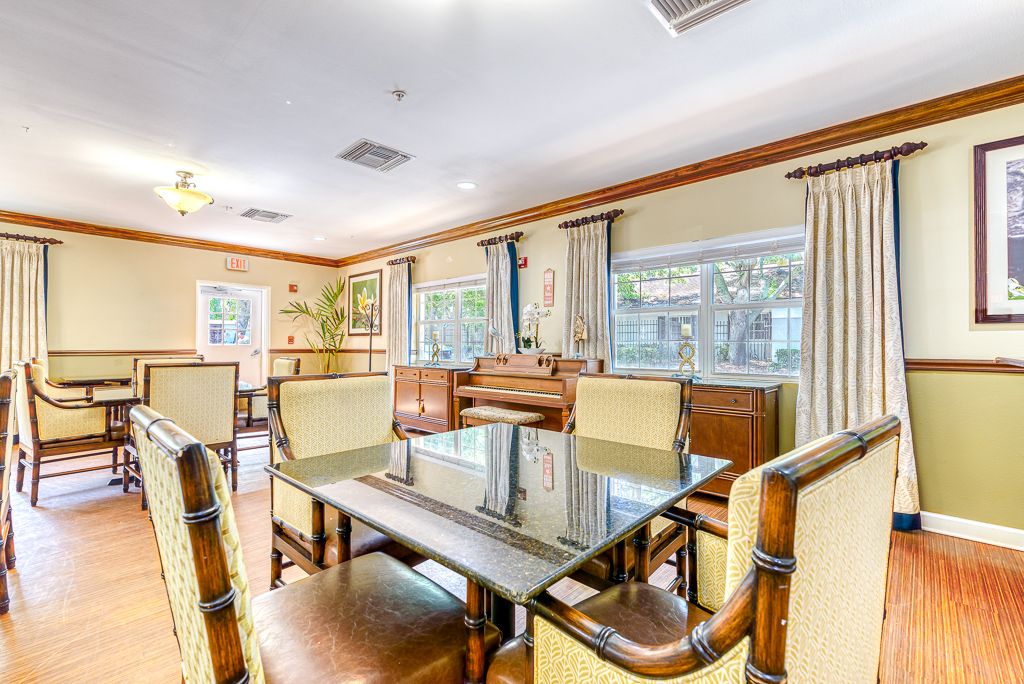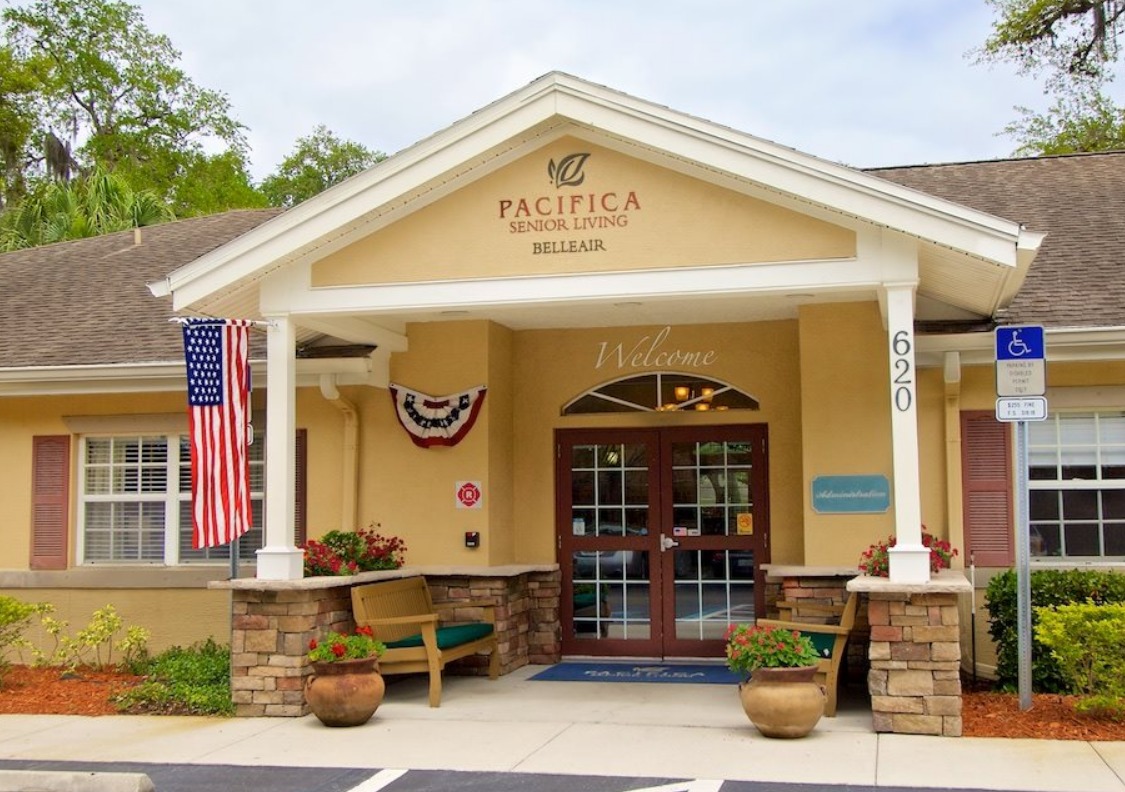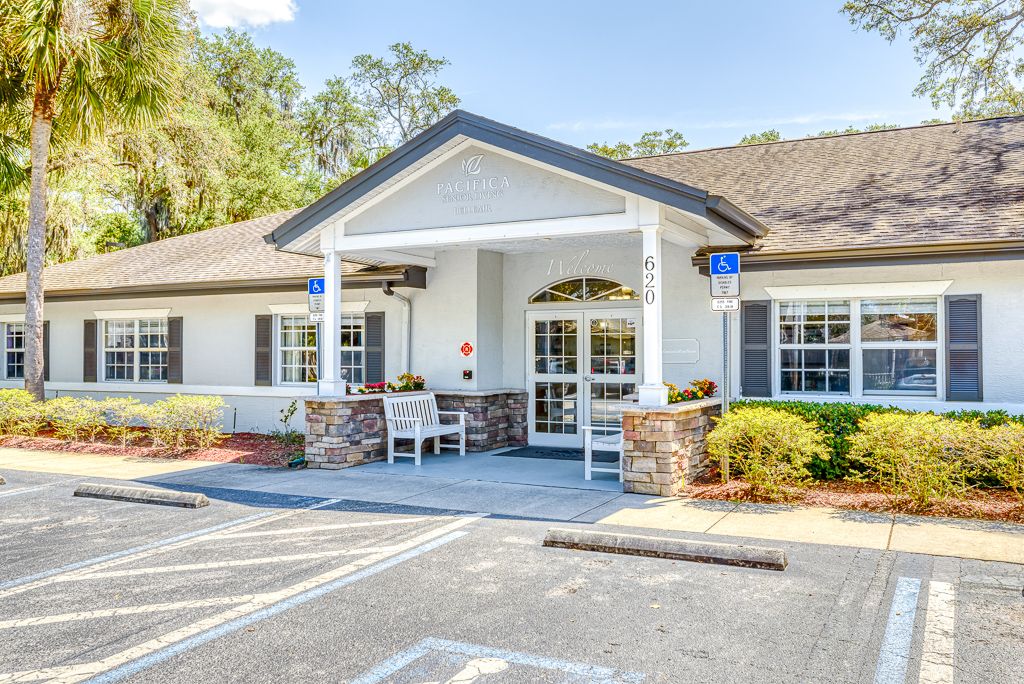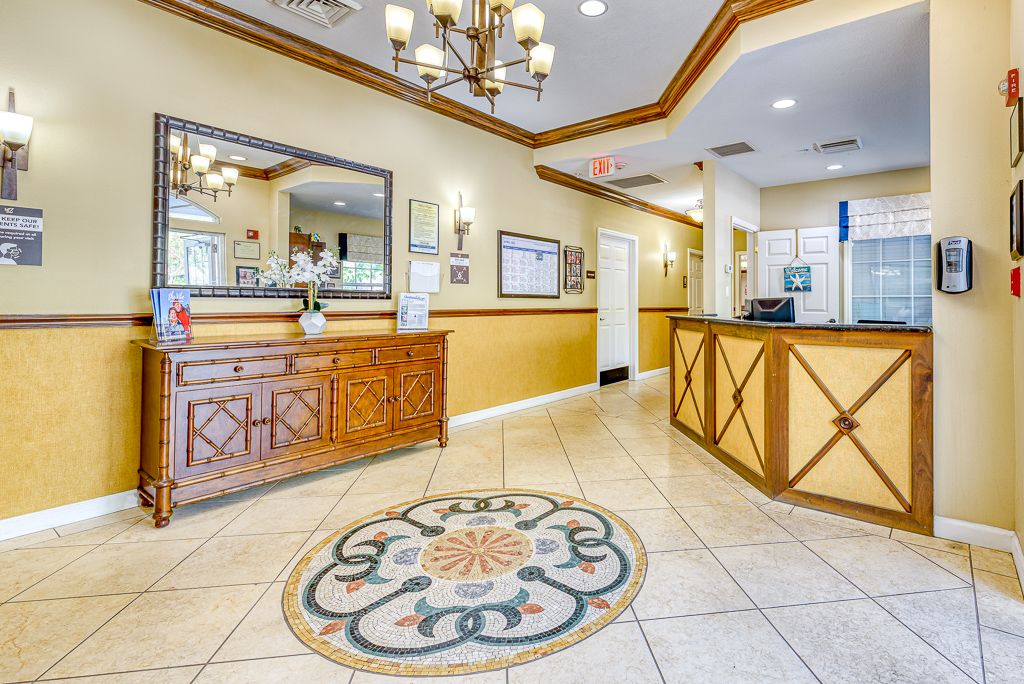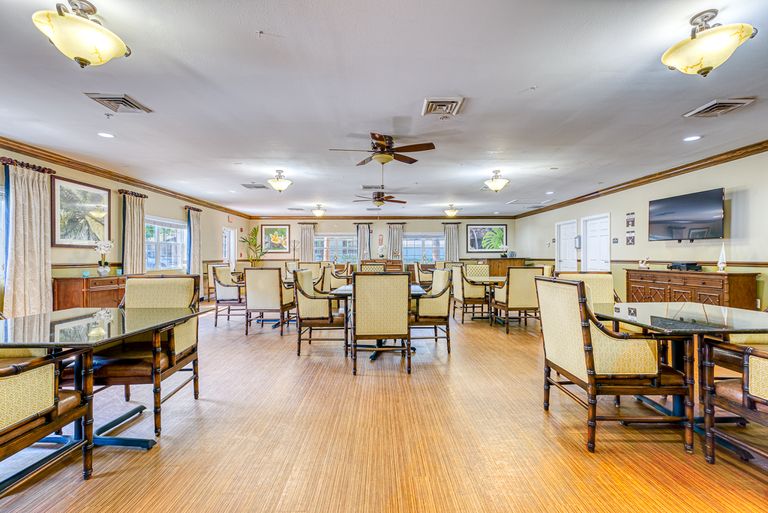Belleair Towers - A Provincial Senior Living Community

Belleair Towers, a senior living community nestled in the heart of Belleair, Florida, once stood as a beacon of comfortable and dignified retirement. However, recent concerns regarding rising costs, staffing shortages, and alleged declines in service quality have cast a shadow over its reputation, leaving residents and their families increasingly anxious about the future. The situation underscores a growing national challenge: ensuring affordable and quality care for a rapidly aging population.
At the core of the issue is a complex interplay of economic pressures, demographic shifts, and evolving expectations for senior care. Belleair Towers, like many similar facilities across the country, faces the daunting task of balancing financial sustainability with the imperative to provide a safe, enriching, and supportive environment for its residents. This article delves into the specific challenges facing Belleair Towers, examines the broader context of senior living in Florida, and explores potential pathways toward a more secure future for its residents.
Rising Costs and Resident Concerns
One of the most pressing issues reported by residents and their families is the escalating cost of living at Belleair Towers. Monthly fees have reportedly increased significantly in recent years, outpacing both inflation and the average cost of similar facilities in the region. This financial strain is particularly burdensome for residents on fixed incomes, who are forced to make difficult choices about their expenses.
"It's getting harder and harder to make ends meet," says Eleanor Peterson, a resident of Belleair Towers for over a decade. "The increases are making it tough for me to afford other necessities, like medications and doctor appointments."
These are very concerning for the senior residents. Residents have expressed concerns that the price increases don't seem to come with any benefit.
Staffing Shortages and Service Quality
Adding to the financial anxieties are concerns about staffing levels and the quality of services provided. Some residents report that staff shortages have led to delays in assistance with daily tasks, reduced social activities, and a general decline in the level of personalized care. The senior residents need and deserved more assistant.
"I have a hard time getting help. When I push the call button, sometimes it takes a long time for someone to answer. It worries me," explains resident Robert Johnson.
Data from the Florida Agency for Health Care Administration (AHCA) indicates a statewide shortage of certified nursing assistants (CNAs) and other healthcare professionals, particularly in the senior care sector. This shortage puts added pressure on existing staff, potentially leading to burnout and compromised care quality.
The Broader Context: Senior Living in Florida
Florida has one of the largest and fastest-growing senior populations in the United States. According to the U.S. Census Bureau, nearly 21% of Florida's population is aged 65 or older, a figure that is projected to increase significantly in the coming years. This demographic trend has created a high demand for senior living facilities, but it has also put a strain on resources and exacerbated existing challenges.
The Florida Senior Living Association (FSLA) acknowledges the challenges facing senior living communities across the state, including rising costs, workforce shortages, and increasing regulatory burdens. FSLA advocates for policies that support the industry and ensure access to quality care for all seniors.
"Our members are committed to providing the best possible care for their residents, but they face significant challenges in today's environment," states Gail Matillo, President and CEO of FSLA. "We are working with policymakers to address these issues and create a sustainable future for senior living in Florida."
Belleair Towers' Response
Management at Belleair Towers acknowledges the concerns raised by residents and their families. They attribute the cost increases to rising operational expenses, including increased insurance premiums, utility costs, and wages. They are aware of the issues, and they are trying to find the best solution for everyone.
In a statement released to residents, Belleair Towers' Administrator, Michael Davies, said, "We understand the concerns regarding the recent fee increases, and we are committed to transparency and open communication. We are actively working to control costs while maintaining the high quality of care that our residents deserve."
Belleair Towers is also implementing strategies to address staffing shortages, including offering competitive wages and benefits, providing ongoing training and professional development opportunities, and partnering with local nursing schools to recruit new talent. They are also working with staffing agencies.
Potential Solutions and Future Outlook
Addressing the challenges facing Belleair Towers and other senior living communities requires a multifaceted approach. This includes government support to offset rising costs, workforce development initiatives to address staffing shortages, and increased oversight to ensure quality of care. Innovative models of care, such as telehealth and remote monitoring, could also play a role in improving efficiency and reducing costs.
The growing awareness of the importance of senior care is a sign that the current system may be ready to change. This awareness also pushes the facilities to provide quality services.
The future of Belleair Towers, and senior living in general, depends on the willingness of stakeholders to collaborate and find sustainable solutions. Open communication between residents, families, management, and policymakers is essential to ensuring that senior communities remain vibrant, affordable, and supportive environments for all.
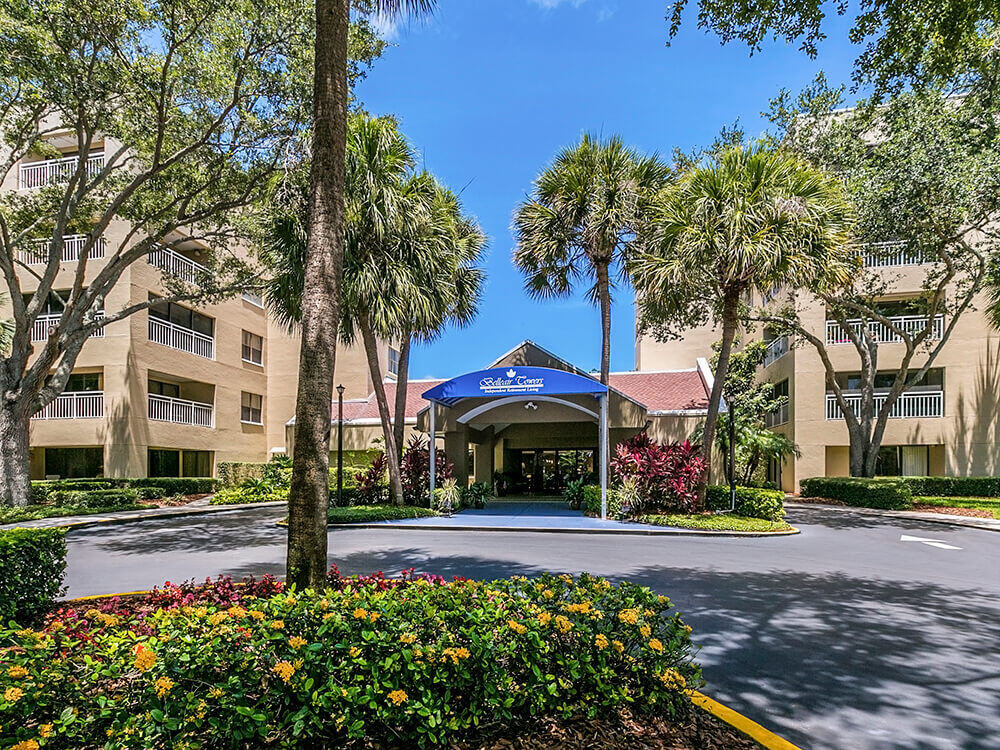
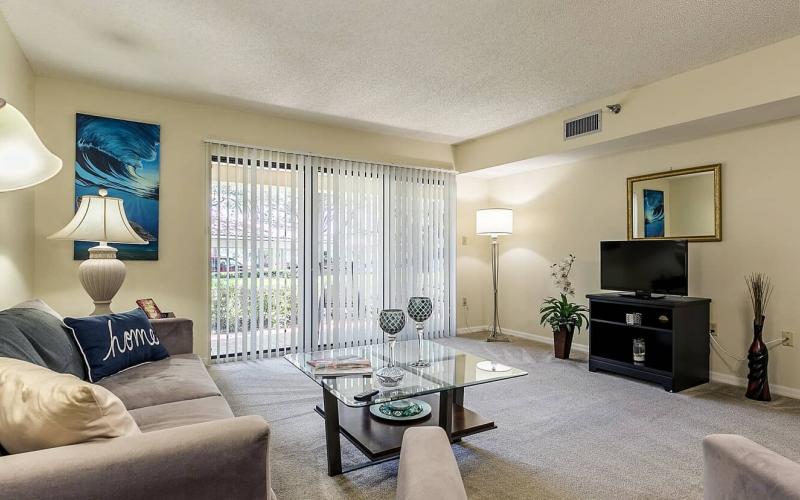
.jpg?width=1000&height=750&name=holiday_belleair-towers_01_4x3 (1).jpg)
